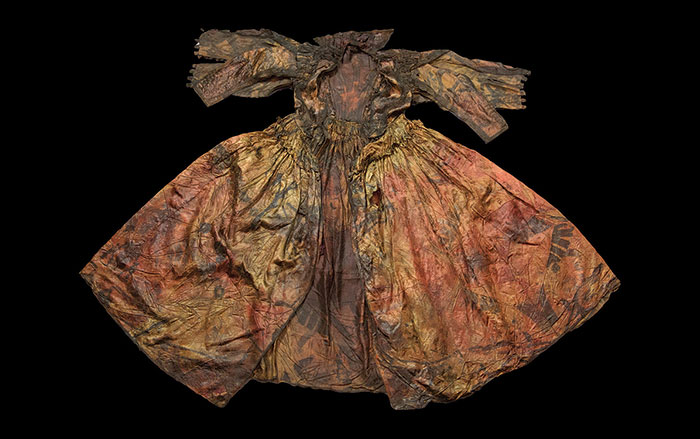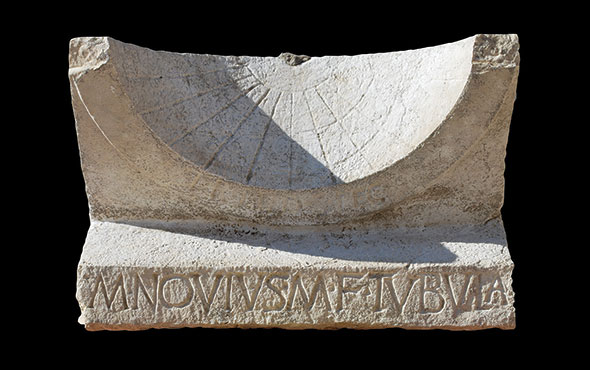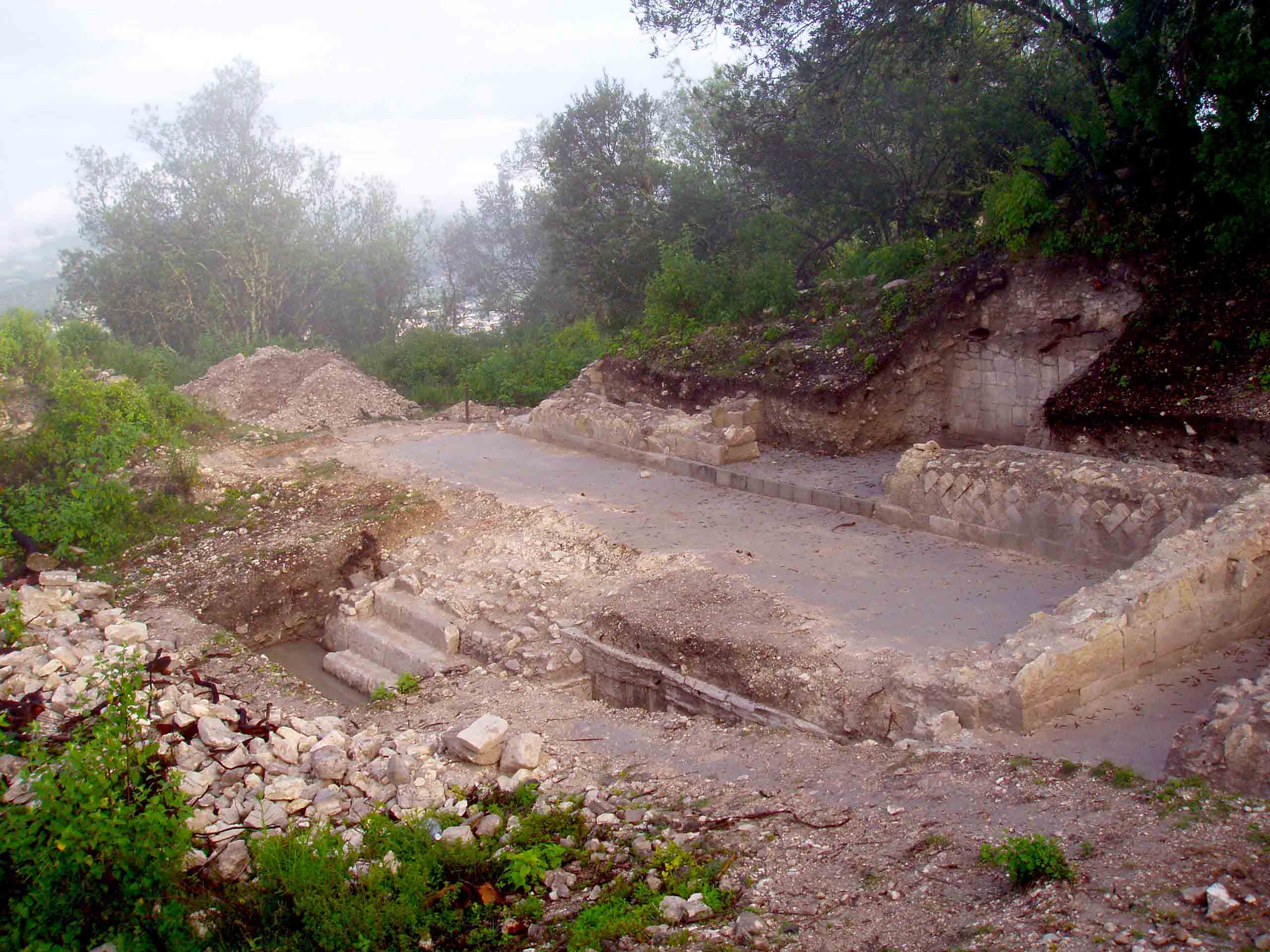
BOLZANO, ITALY—Analysis of Otzi the Iceman’s stomach contents indicate his last meal included the fat and meat of ibex and red deer, whole wheat seeds, and fern leaves and spores, according to an Associated Press report. Otzi is the name given to man who died some 5,300 years ago in the Italian Alps and whose frozen, mummified remains were discovered by hikers in 1991. Scientists had previously examined his intestines, but this is the first time that they have reviewed the contents of his stomach, which was found behind his ribcage, having shifted upward after his death, by a radiologist in 2009. Samples of the stomach contents were eventually taken from Otzi’s defrosted body and rehydrated for testing. Microbiologist Frank Maixner of the Institute for Mummy Studies says the contents of the meal make sense, since their proportion of fat would have provided the energy necessary to survive in such a harsh environment. For more, go to “Ötzi’s Sartorial Splendor.”










